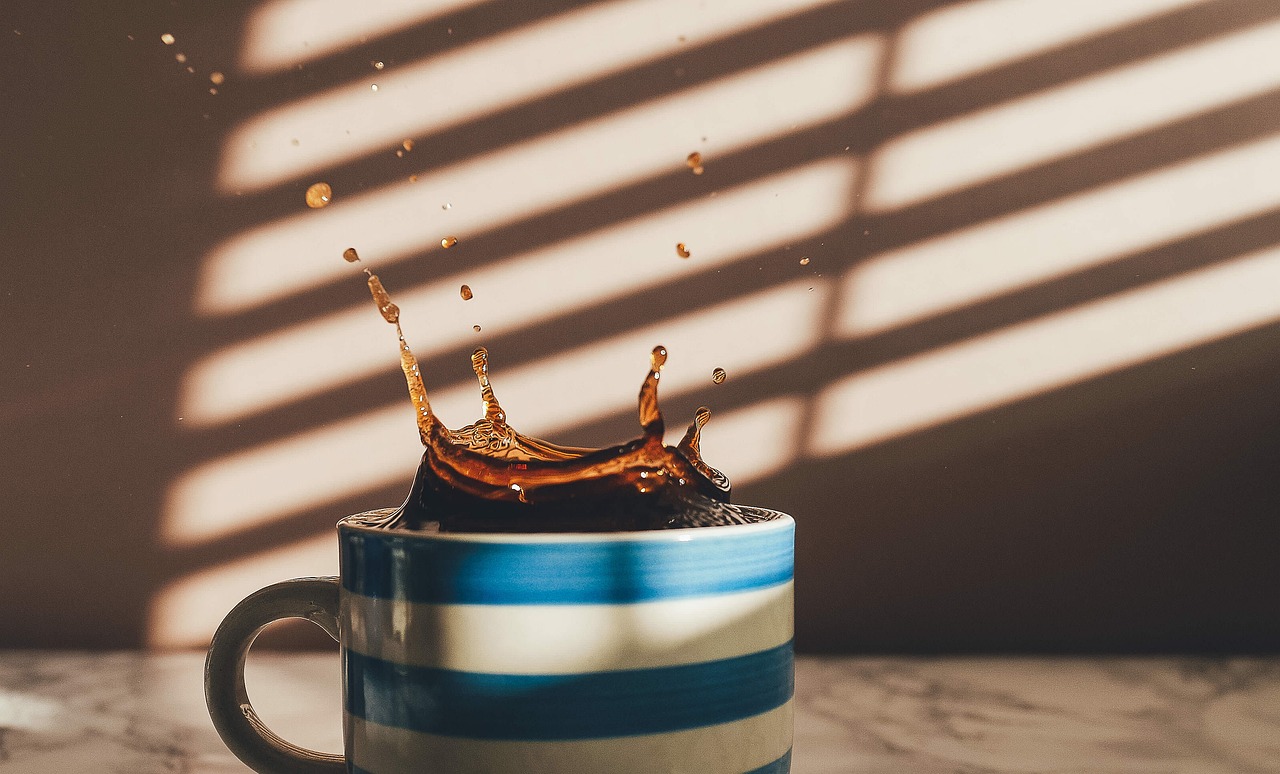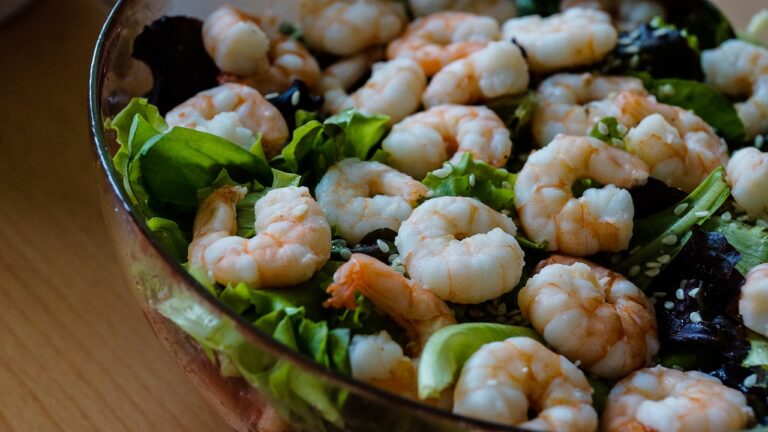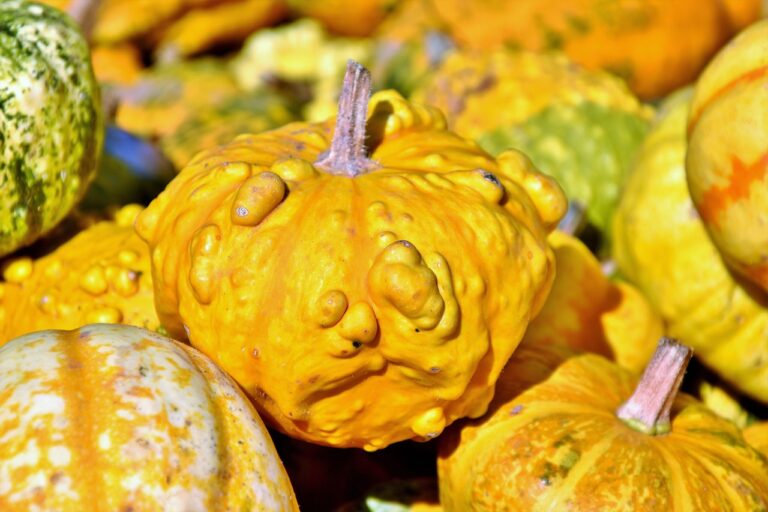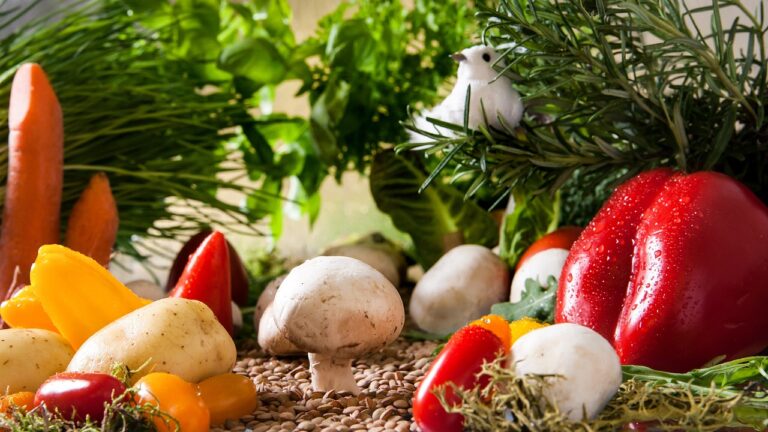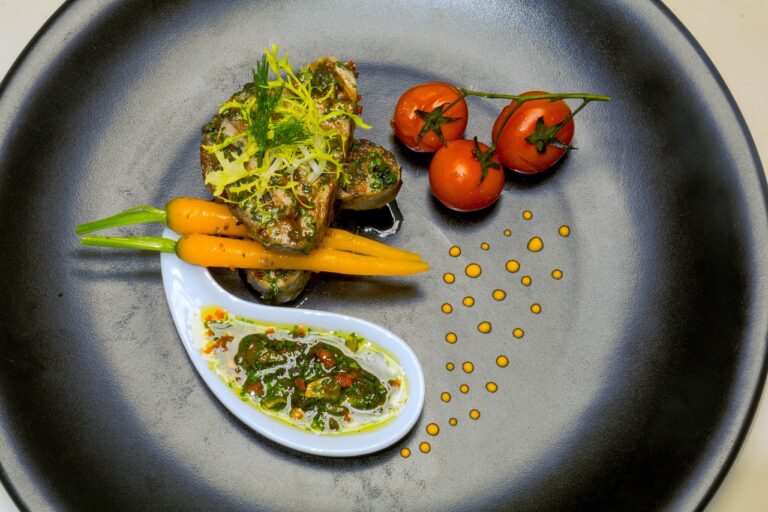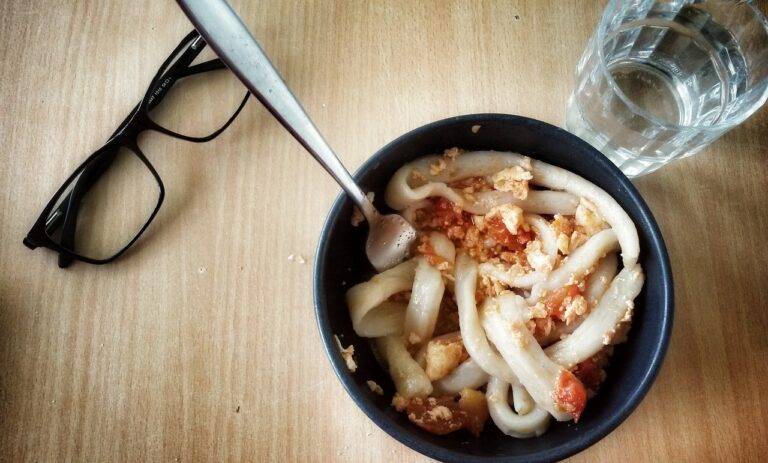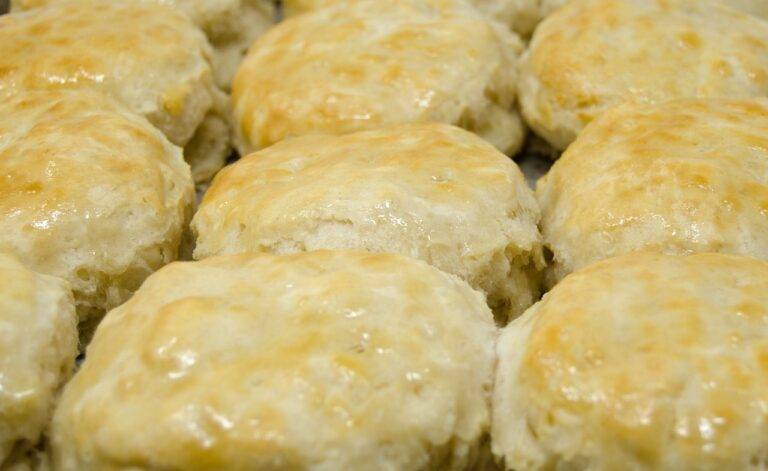The Art of Food Presentation: Elevating Dining Experiences with Visual Appeal
The art of food presentation is a vital component in the world of gastronomy. It is not just about the taste of the dish but also about how it looks. Visual appeal plays a crucial role in creating memorable dining experiences for customers. From Michelin-starred restaurants to home-cooked meals, food presentation can elevate the overall dining experience and leave a lasting impression on the diners.
The Importance of Food Presentation
Food presentation is not just about making a dish look pretty; it is about engaging all the senses. When a dish looks visually appealing, it stimulates the appetite and sets the stage for a wonderful dining experience. The presentation of food can also indicate the skill and creativity of the chef, creating anticipation and excitement for what is to come.
Studies have shown that diners are more likely to enjoy a meal if it is presented in an aesthetically pleasing manner. The colors, arrangement, and garnishes all play a role in how the dish is perceived. A well-presented dish can even make the flavors seem more intense and delicious.
Elements of Food Presentation
There are several key elements to consider when presenting food. These include color, texture, shape, and height. Colors can evoke different emotions and moods, while textures add interest and variety to the dish. The shape and height of the food can create visual impact and draw the eye to certain elements of the dish.
Garnishes are also an important part of food presentation. They can add flavor, texture, and visual appeal to a dish. Fresh herbs, edible flowers, and sauces can all be used as garnishes to enhance the overall presentation of a dish.
Plating techniques are another crucial aspect of food presentation. Different plating techniques, such as stacking, layering, or using negative space, can create different visual effects and enhance the overall dining experience.
Trends in Food Presentation
Food presentation trends are constantly evolving, influenced by factors such as seasonality, cultural traditions, and social media. In recent years, there has been a shift towards more minimalist and natural presentations, with an emphasis on using locally sourced and sustainable ingredients.
Interactive and experiential dining experiences are also becoming increasingly popular. Instead of traditional plated dishes, some chefs are opting for more interactive presentations, such as DIY plating or tableside preparations. This not only adds an element of fun and surprise to the meal but also allows diners to customize their dining experience.
Challenges in Food Presentation
While food presentation can enhance the dining experience, it also presents several challenges for chefs and restaurateurs. Ensuring consistency in presentation across dishes, managing food costs, and balancing creativity with practicality are all crucial aspects to consider.
Additionally, maintaining food safety and hygiene standards while focusing on presentation can be a challenge. Chefs must strike a balance between creating visually stunning dishes and ensuring the food is safe and hygienic for consumption.
Tips for Enhancing Food Presentation
There are several tips and tricks that chefs can use to enhance the presentation of their dishes. Some of these include:
- Use colorful ingredients to add visual appeal
- Experiment with different plate shapes and sizes
- Use garnishes and sauces strategically to enhance the flavors of the dish
- Pay attention to the details, such as cleanliness and arrangement of the plate
- Consider the overall theme or concept of the dish and plate accordingly
By paying attention to these details and experimenting with different techniques, chefs can elevate their dishes and create memorable dining experiences for their customers.
FAQs
1. Why is food presentation important?
Food presentation is important because it engages all the senses and creates a memorable dining experience for customers. It can enhance the flavors of the dish, stimulate the appetite, and showcase the creativity of the chef.
2. How can I improve my food presentation skills?
You can improve your food presentation skills by experimenting with different plating techniques, paying attention to the details, and seeking inspiration from other chefs and food stylists. Practice and creativity are key to enhancing your food presentation skills.
3. What are some common mistakes to avoid in food presentation?
Some common mistakes to avoid in food presentation include overcrowding the plate, using garnishes that do not complement the dish, and neglecting the cleanliness of the plate. It is important to strike a balance between creativity and practicality in food presentation.

